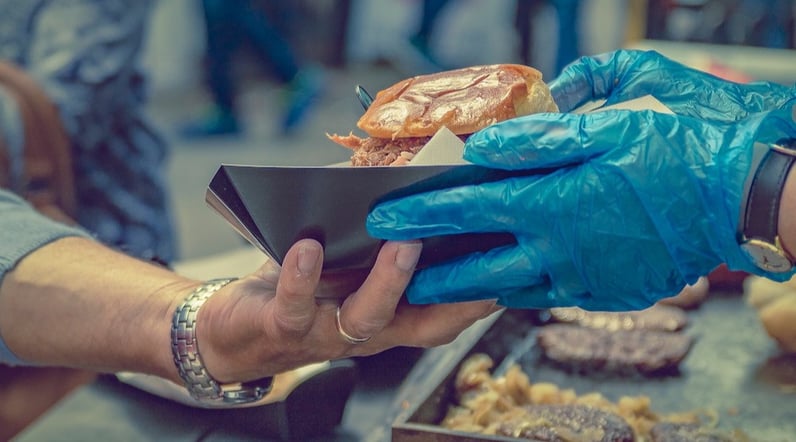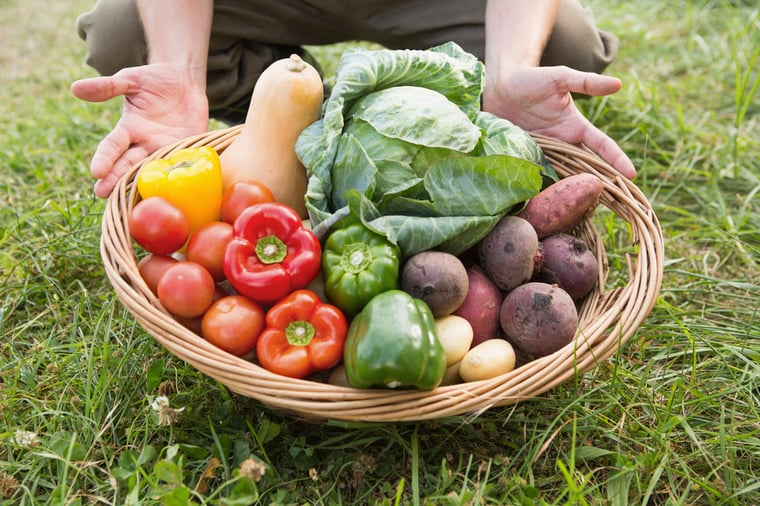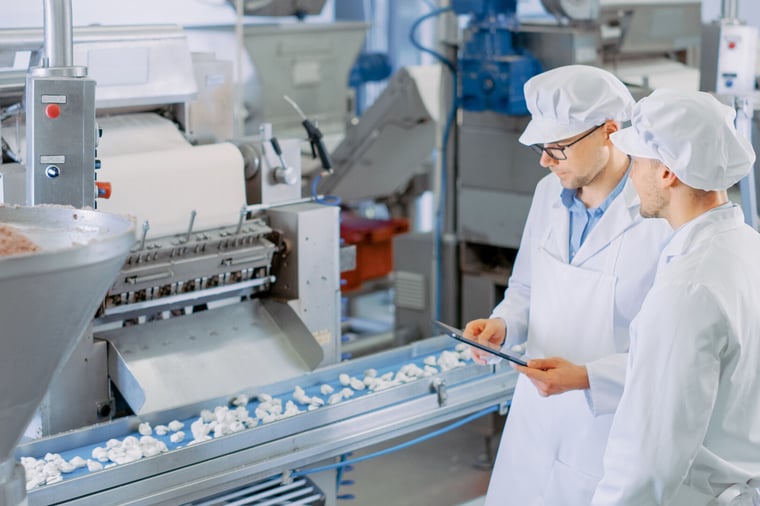With increased awareness and concerns surrounding sustainability, it has never been more important to ensure your business has a positive impact on the environment. However, with the price tag on achieving sustainability steadily increasing and constant shifts in consumer trends, where should we start?
In episode 17 of ColumbusCast, Andrew Newton, our Food Consultant and Chris Nichols, our Dynamics 365 Consultant, discuss what sustainability looks like for the food industry.
The rise of ethical consumerism and the challenges of consumer culture
More people are adopting a sustainable lifestyle, with customers striving to be more environmentally sound. For example, year on year, the number of people who eat plant-based produce has increased, with approximately 13 million people going meat free by the end of 2021. Additionally, businesses should be aware of how they distribute their food, amplified by the recent COP26 climate summit addressing climate change and how we can prevent further damage to the environment.
Here are some key challenges your business must address on its journey to becoming more sustainable:
Understanding consumer trends
With customer expectations constantly changing regarding what they want from brands, a challenge for food businesses is to keep up with the latest trends to retain a solid customer base. Customers want to have a brand association with companies that act sustainably. Therefore, adapting to consumer trends based on the external business environment presents trust towards your current customers and has the potential to attract new ones too.

The costs associated with becoming a more sustainable company
While customers might want to buy products that are kind to the environment and sourced ethically, they may not always want to pay that ‘premium’ price tag. This creates a challenge for your food business as it places consumers in a dilemma, where despite them wanting quality goods, they start to question their sustainability values and whether they can justify the increase in prices you're charging.
The education process of consumers themselves
Educating your customers can be the biggest challenge for all businesses. How can businesses get across the message to their customers that the company they’re buying from is:
- Environmentally sound?
- Sustainable (and dedicated to staying this way)?
- Value-driven and ethically minded?
All of which shows that you are meeting consumer trends effectively.
The perception was that climate change was coming in 2050, however, the past couple of years with the pandemic has proved that this issue needs addressing sooner rather than later.

How can the food industry become more sustainable?
Firstly, we need to understand what sustainable preproduction is. According to Drew, it’s a method of producing food in a non-polluted manner, using natural ingredients whilst also ensuring the workplaces operate in a ‘carbon-neutral’ way. This is just one way of how we can become more sustainable, however, there are many businesses who are also looking towards a ‘net-zero carbon’ strategy.
Carbon-neutral and net-zero carbon – what’s the difference?
The term carbon-neutral is loosely interpreted as a company offsetting its carbon emissions throughout projects on a national or worldwide basis. An example of this is through providing support to the community through environmental activities.
Although you won’t be reducing your footprint, it shows active engagement in the wider community. However, in the current climate, these activities aren’t enough, which is why businesses are moving towards adopting a net-zero carbon strategy.
In contrast to a carbon-neutral approach, this involves taking environmental and sustainability concerns into your own operations, using emission offsetting as a last resort. Find out more here.
How can we achieve a net-zero carbon strategy?
Despite the general shift to working carbon-neutrally, the next barrier to overcome is how to get towards a net-zero carbon way of working. You must understand:
- Your current carbon footprint – what actions are you taking to be more sustainable?
- The technology that can assist you in becoming more sustainable – can your current tech stack help you achieve this vision or will you need to invest in further software? If so, be sure to look beyond features and functionality and instead, focus on the value this potential software can offer your business

Is this sustainable from a business perspective?
From an environmental point of view, becoming more sustainable will help reduce carbon emissions and positively impact your reputation. But should the increase in production costs be a concern?
Costs are always going to be a critical factor of businesses adapting to change. However, if we find a balance by reducing manual expenses through technology, such as automation, this move towards a sustainable future can be justified.
Listen to our podcast to find out more…
Scroll to the top of this blog or search ‘ColumbusCast’ in your podcast app to gain more insight on:
- Why your stakeholders may be reluctant to changes in the technology they use
- How to ensure your implementation is a success within your food business
- The importance of a mission statement to take your business on a continuous journey
- And more!
Additionally, you can learn about the importance of transforming your business with the power of technology by downloading our guide to innovating in the food industry below, covering:
- When innovation is needed
- How to set your business up for innovation
- Top seven food tech innovations

